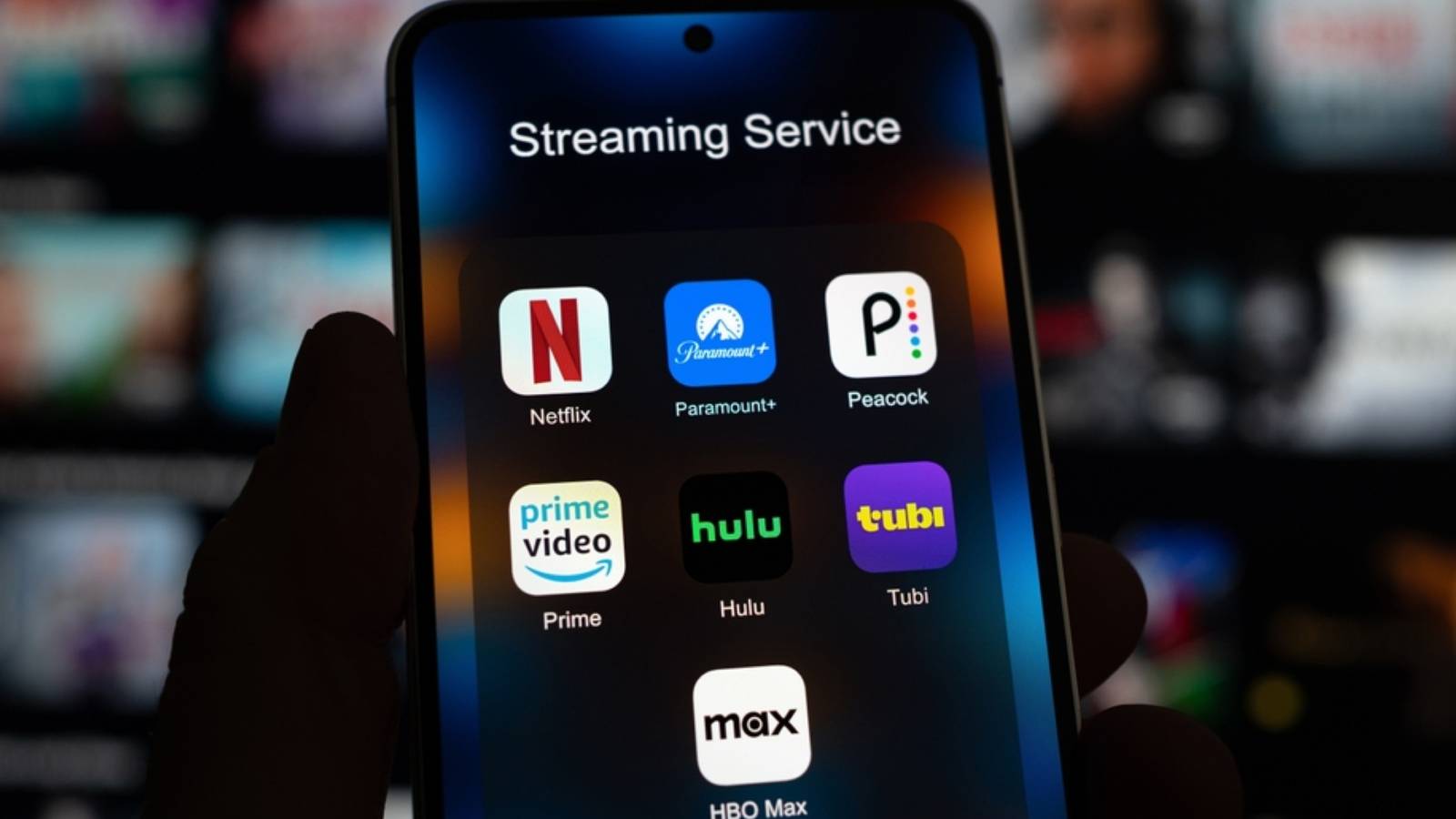A lot of people can’t do without Spotify, and it’s understandable. Its cross-device control, vast library, and new-music discovery make it hard to beat.
Well, just last week, on a whim, I decided to open MusikCube in the terminal, and I never would’ve guessed that a command-line music player could feel like a revelation.
It greeted me with a bare-bones, utilitarian interface, as I expected. But within minutes, it drew me in, and I found calm, quiet, and just pure music. Of course, MusikCube only plays music you own—it isn’t a streaming service. But that constraint gave me a more personal experience. It became clear how much modern streaming takes from you.
For the first time in years, I was immersed in music without the background noise and distraction of endless scrolling and recommendations I’ve grown accustomed to.
Instant gratification at your fingertips
How a fast, minimal CLI player makes Spotify feel bloated
I was first impressed by the speed of MusikCube, especially because I’ve experienced Spotify’s multi-second loading times and spinning animations. I wasn’t waiting for graphics to render, and there were no hidden processes checking for updates. I press a few keys, and my library is waiting to be navigated. It was only after MusiKCube loaded my library instantly that I realized how much of my time Spotify quietly wastes.
Command-line tools often feel daunting, but MusikCube’s text-based interface is purposeful. Every command has a direct effect, and searching for a song, queuing tracks, or switching playlists takes seconds. It cuts away the dragging, scrolling, and even the occasional accidental click.
This command-line tool is available for Windows, macOS, and Linux.
Even with extensive libraries, you notice no performance stutters, because MusikCube dedicates every available system resource to playback. This is a sharp contrast to Spotify, which thrives on features like recommendations, social feeds, and animated artwork that are resource-intensive and can lead to memory spikes or lag.
You get an immediate listening experience that focuses on the music itself, devoid of interface distractions.
Musical minimalism is bliss
Navigating your music library with keyboard-driven precision
The MusikCube interface gives a clear, structured library—no album art, no video previews, and no autoplay queues. Your arrow keys navigate the playlists, and you can queue tracks or reorder them in seconds.
It comes with a deliberate minimalism. I started rediscovering old albums I hadn’t listened to in years simply because the interface was clean and not pushing trending tracks or new releases. This felt like me dictating the pace, not the service pushing whatever it thinks I want.
I found its search function particularly satisfying. The library is instantly filtered when I type part of an artist’s name or song. Without mouse clicks, you can select a track. It’s instant and gives precise control of what plays next.
Playlist management is also clean and efficient. It only takes minutes for me to reorder multiple playlists, while doing the same with GUI-heavy apps like Spotify can feel cumbersome.
It’s not trying to be Spotify or replace streaming. It’s stripping music down to the essential.
The joy of local files
High-quality audio and full control without algorithmic interference
If you rely entirely on streaming, you will get more value from Spotify, but MusikCube shines if you have a personal library because it builds on files you actually own. While traditional streaming platforms compress tracks and push recommendations, you get high-bitrate MP3s and lossless formats like FLAC with no compromise. This allows subtle details in instruments and vocals to come through, and even familiar songs feel fresh.
You get control over library management, choosing how folders are organized, which tracks belong in playlists, and how metadata is tagged. Listening goes from a passive activity to a deliberate act.
Discovery felt more personal because I couldn’t rely on trending charts or autoplay. It felt refreshing exploring deep cuts from my own collection, as I uncovered tracks I had forgotten. Every session feels like an excavation that is driven by my own curiosity.
The experience feels very different from what streaming services offer. It’s intimate, controlled, and undiluted because it focuses on files you own.
Surprisingly powerful features
Streaming, theming, and customization beyond the terminal
MusikCube looks minimal at first glance. However, it hides a lot of power. I found its built-in audio server very capable, as it lets me stream my library across other devices on the same network. Once I had set it up, I could listen to music on my phone and other devices without relying on external platforms.
MusikCube supports Internet radio channels as an additional feature, offering some streaming capability beyond local files. It also allows customization that goes way beyond streaming. You can configure display adjustments, keybindings, and color themes, tailoring the interface to your preferences and workflow. It even allows small changes, like highlighting the playing track, to enhance navigation and usability.
You can also use the lightweight tag editor to fix metadata directly from the terminal, offering a seamless way to correct artists’ names and album info. The tool is minimalist, but not lacking functionality, and if you’re going to quit Spotify for good, it is an option to consider.
A digital detox for your ears
Using MusikCube steps you into the quiet of just the sounds you need to hear. It cuts out notifications, nudges, and autoplay surprises. This experience is authentic because it’s born out of rediscovering music I already own, and not what an algorithm pushes.
The real gift of MusikCube is how it forces you to build a healthier relationship with your own attention. By stripping my music listening to its essentials, I started noticing habits—how often I skip, how quickly I tire of a song, and how fast I chase novelty over depth. The last time I had this much fun was when I stumbled on a website that lets me listen to radio stations from around the world.












